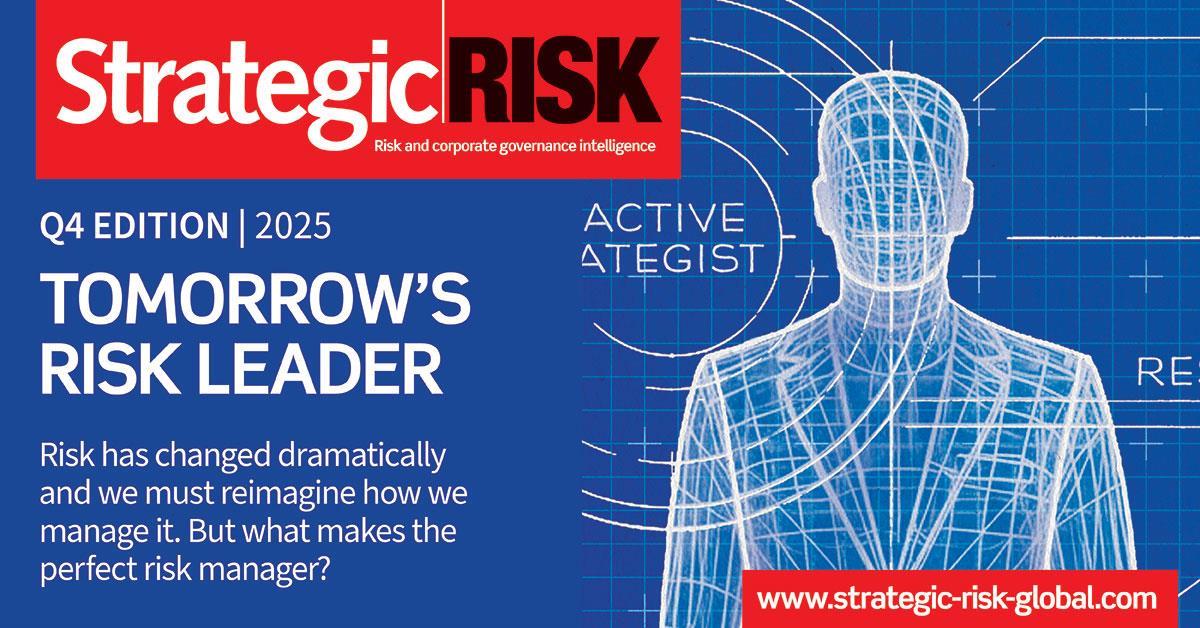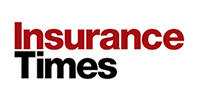Aon/Albert G Ruben has published its 2006 Risks in Global Filmmaking map.
The map measures crime and corruption, terrorism, kidnap and ransom, disease and medical care risk in more than 200 countries and assigns an overall country risk rating to each.
Situations contributing to risk in many regions across the globe have not greatly improved, based on this year's general findings. The Middle East remains a hotbed of terrorist activity and many countries in Africa are in economic turmoil. The riskiest regions for filmmaking are Nepal, Kenya, Thailand, Pakistan and Zimbabwe.
The countries that present less risk to filmmakers compared to last year include Morocco, Nicaragua and the Slovak Republic. In all three, economic growth and/or a decrease in terrorism risk have created a more appealing business environment.
Chris Palmer, director of risk control at Aon/Albert G Ruben, said: "Filmmakers should be particularly concerned about avian influenza, or bird flu, especially since it has spread so widely. If the virus makes the jump from animal-human to human-human transmission, it could have a catastrophic impact on filmmaking. The authorities would likely stop all international travel, meaning that nothing – not film reels, equipment or people – would be able to go to or come back from a location, perhaps indefinitely. The average producer is not yet thinking about this possibility and the potential impact of a global quarantine, but it is a serious risk."
“The threat of kidnap and ransom continues to grow in countries, including Mexico and China,” said Clive Stoddart, managing director of Aon's Asset Security Managers.
Paul Bassett, Aon's executive director of terrorism and political risk for Aon, said: “The threat of terrorism is not only coming from international extremists, such as Al Qaeda, but it is also emerging from domestic, single-interest and ideological groups and individual criminals. These entities are cross-fertilizing and becoming more sophisticated, thus increasing the risk for filmmakers overseas.”
Hosted by comedian and actor Tom Allen, 34 Gold, 23 Silver and 22 Bronze awards were handed out across an amazing 34 categories recognising brilliance and innovation right across the breadth of UK general insurance.













































